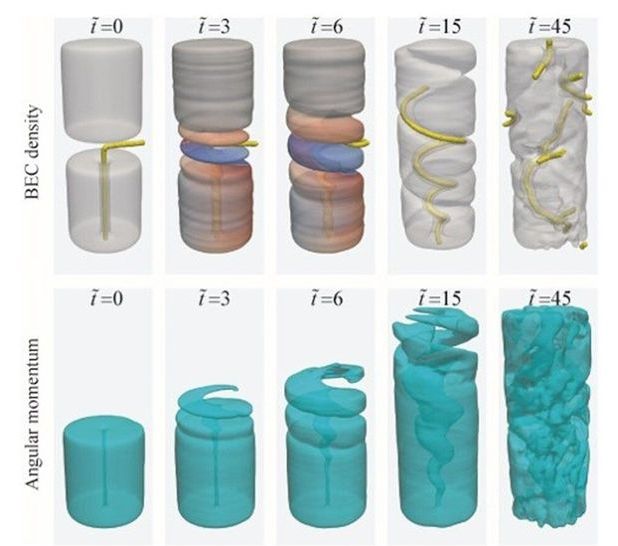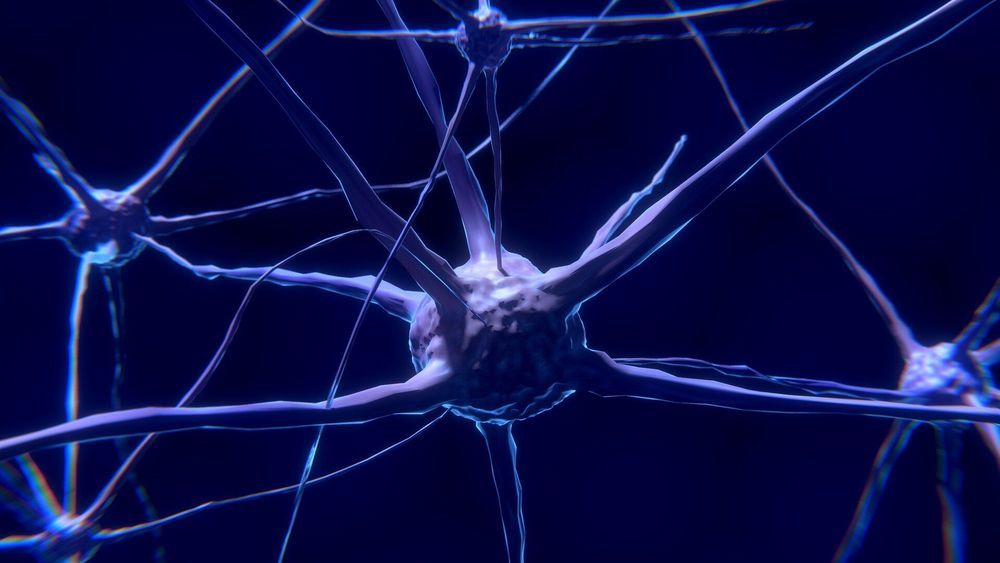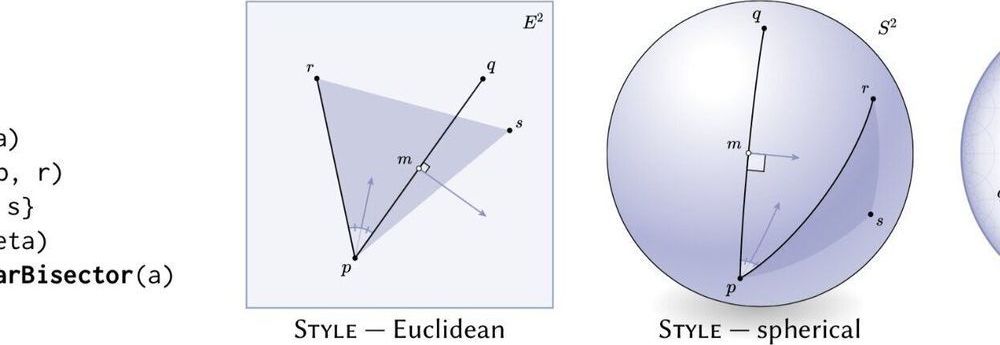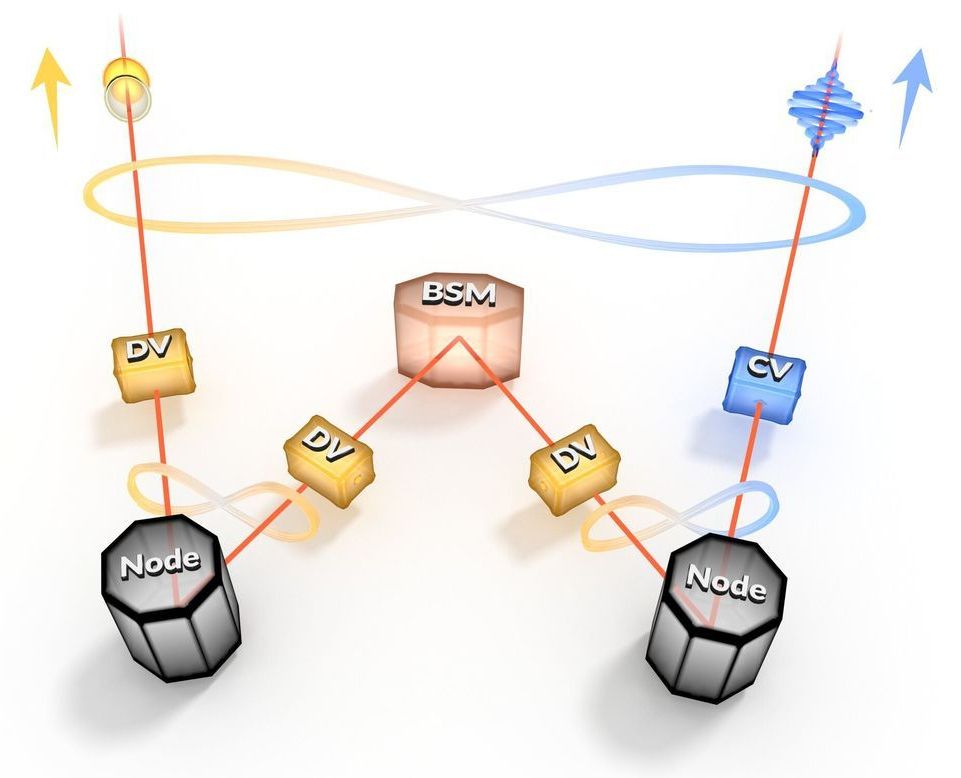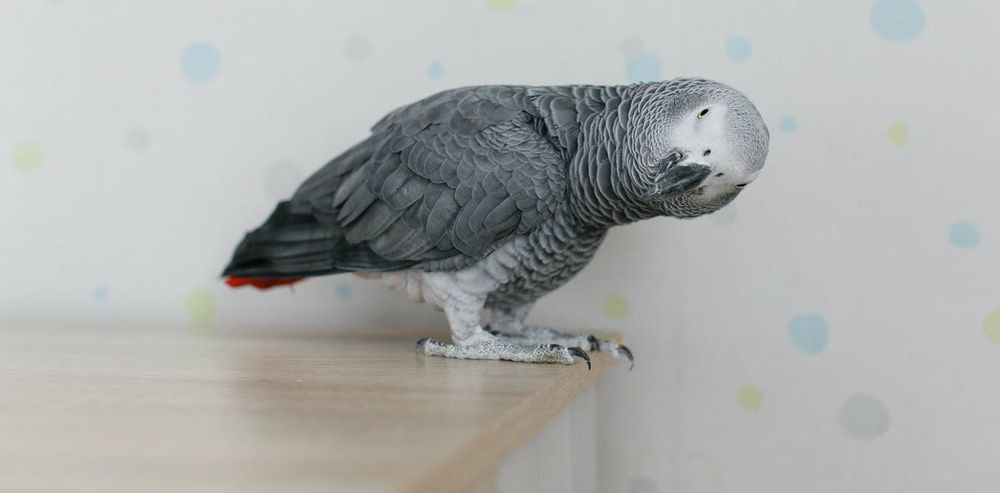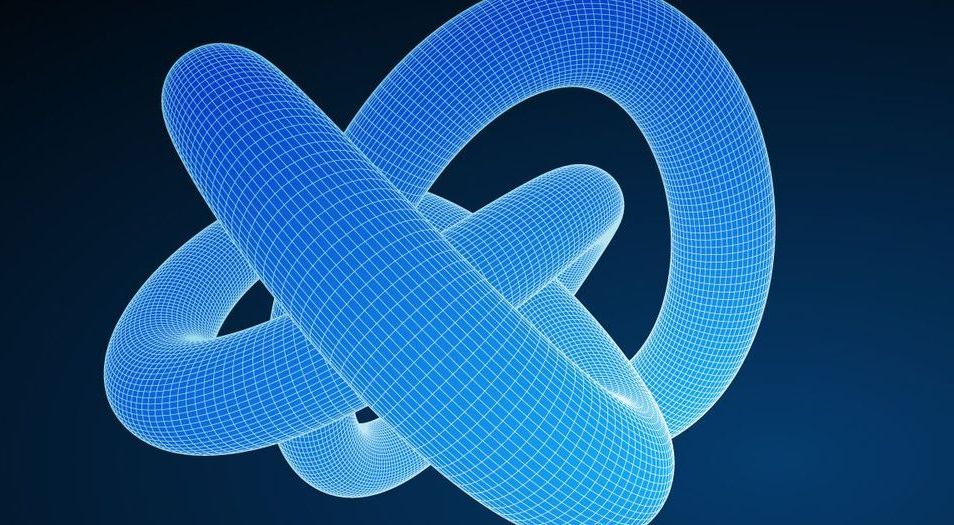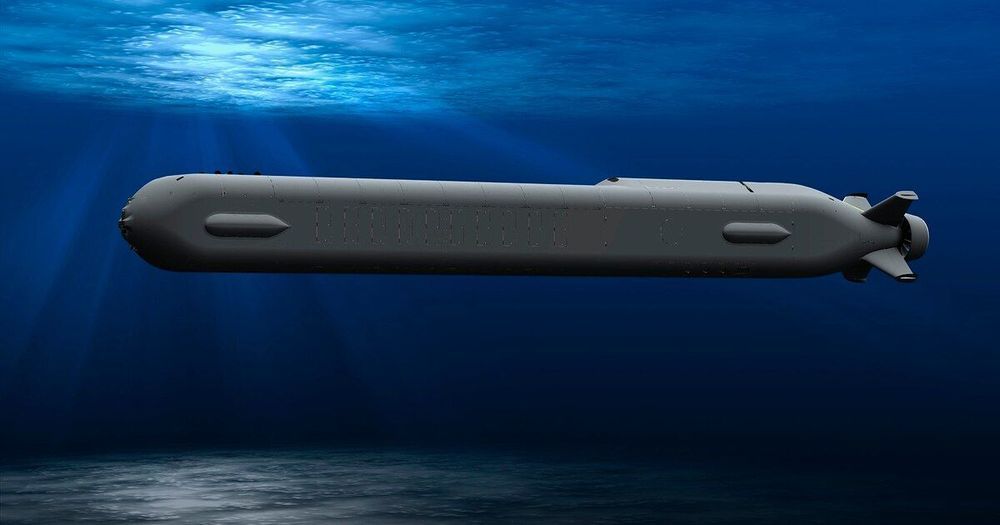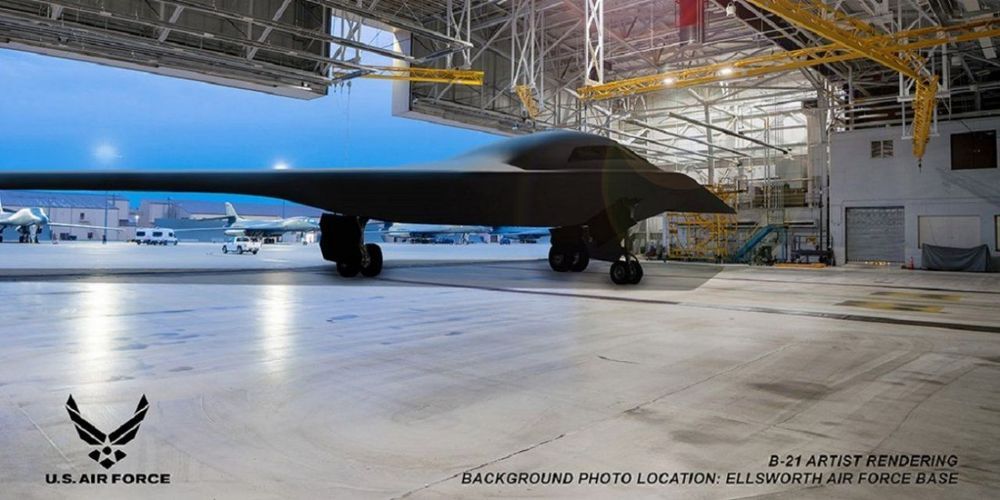The Navy is also developing a family of unmanned surface vessels that are intended to increase the offensive punch for less money, while increasing the number of targets the Chinese military would have to locate in a fight.
That’s a push that earned the endorsement of Chief of Naval Operations Adm. Michael Gilday in comments late last year.
“I know that the future fleet has to include a mix of unmanned,” Gilday said. “We can’t continue to wrap $2 billion ships around 96 missile tubes in the numbers we need to fight in a distributed way, against a potential adversary that is producing capability and platforms at a very high rate of speed. We have to change the way we are thinking.”

